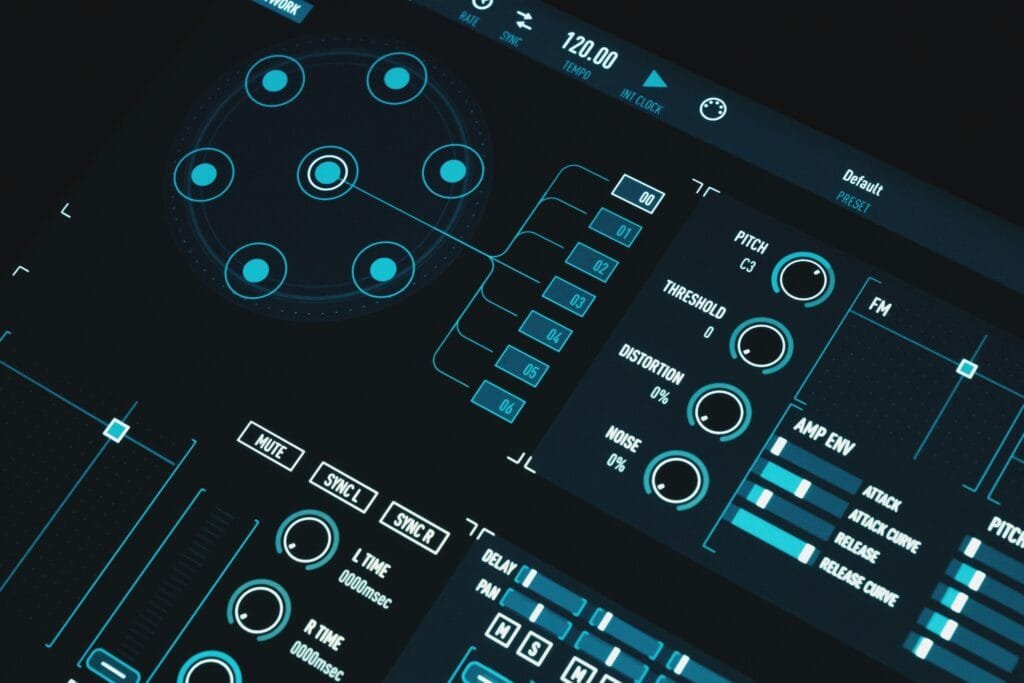
In the modern digital age, computer security has become an essential aspect of both personal and professional life. The growing dependence on digital platforms for communication, commerce, and data storage necessitates robust measures to protect sensitive information. At its core, computer security aims to safeguard information systems against unauthorized access, use, disclosure, disruption, modification, or destruction. The primary principles of computer security are confidentiality, integrity, and availability, often referred to as the CIA triad.
Confidentiality ensures that information is accessible only to those authorized to have access. This principle is vital for protecting sensitive data from cyber threats such as hacking and phishing. Integrity involves maintaining the accuracy and completeness of data. When data integrity is compromised, information can be altered, leading to misinformation or operational disruptions. Availability ensures that information and resources are accessible to authorized users whenever needed. This principle is crucial for maintaining the functionality of systems and services.
A secure computer system is one that effectively implements these principles to protect against various threats. However, achieving such a secure system is no simple task. The complexity arises from the diverse and evolving nature of cyber threats, which range from malware and ransomware to advanced persistent threats (APTs) and zero-day exploits. In addition, the security landscape is continuously changing, requiring constant vigilance and updates to security protocols.
Moreover, a secure system must balance security measures with usability. Overly restrictive security policies can hinder productivity and user experience, leading to potential circumvention of security controls. Therefore, designing a secure computer system involves a multi-faceted approach that considers technical, procedural, and human factors. Understanding these foundational aspects is crucial for anyone looking to delve deeper into the intricacies of computer security and the ongoing quest to achieve the most secure computer system.
Types of Computer Systems and Their Security Features
Understanding the varying types of computer systems and their security features is crucial for selecting the most secure computer system for specific needs. Personal computers, servers, mobile devices, and cloud systems each have distinct security mechanisms designed to safeguard against diverse threats. These mechanisms include firewalls, encryption, authentication methods, and intrusion detection systems, and their effectiveness can vary significantly across different types of systems.
Personal computers are ubiquitous and often serve as the first line of defense in a secure system. They typically employ firewalls to monitor incoming and outgoing traffic, as well as antivirus software to detect and eliminate malware. Encryption is commonly used to protect sensitive data, while multi-factor authentication (MFA) adds an additional layer of security by requiring multiple forms of verification before granting access.
Servers, acting as the backbone of many organizational networks, possess robust security features due to their critical role in storing and managing data. Intrusion detection systems (IDS) are vital in identifying and responding to unauthorized access attempts. Servers often utilize advanced encryption techniques to protect data at rest and in transit, and strong authentication protocols ensure only authorized personnel can access sensitive information.
Mobile devices, while offering convenience, present unique security challenges due to their portability and connectivity. Mobile device management (MDM) solutions enable centralized control over security policies and can enforce encryption and remote wipe capabilities. Biometric authentication methods, such as fingerprint and facial recognition, provide additional security layers, although they are not infallible.
Cloud systems, increasingly popular due to their scalability and accessibility, incorporate comprehensive security frameworks. Cloud providers implement robust firewalls, encryption, and identity and access management (IAM) to protect client data. However, the shared responsibility model means that organizations must also ensure their own security measures are up to date to mitigate risks effectively.
Each type of computer system comes with its own set of security features and vulnerabilities. Evaluating these elements in the context of specific use cases and threat landscapes is essential to determine the most secure computer system for any given environment.
Evaluating Security: Criteria and Benchmarks
Evaluating the security of a computer system involves adhering to established criteria and benchmarks that ensure comprehensive protection against various threats. One of the foremost frameworks in this domain is the Common Criteria for Information Technology Security Evaluation, abbreviated as Common Criteria (CC). This international standard provides a structured methodology for evaluating the security attributes of IT products and systems. By adhering to CC, organizations can ensure that their systems meet rigorous security requirements, thereby enhancing overall trustworthiness.
The National Institute of Standards and Technology (NIST) also plays a pivotal role in setting benchmarks for secure systems. NIST’s guidelines, particularly the NIST Special Publication 800 series, offer extensive recommendations on managing and securing information systems. These guidelines cover a wide array of topics, including risk assessment, encryption standards, and incident response strategies. By following NIST guidelines, organizations can systematically identify vulnerabilities, mitigate risks, and fortify their cybersecurity posture.
Moreover, the International Organization for Standardization (ISO) provides globally recognized standards, such as ISO/IEC 27001, which specifies requirements for an information security management system (ISMS). Implementing an ISMS based on ISO/IEC 27001 helps organizations manage sensitive information, ensuring its confidentiality, integrity, and availability. These standards advocate a risk management approach, enabling organizations to tailor their security measures according to specific threats and operational environments.
These benchmarks are crucial for assessing various security features of a computer system, including authentication mechanisms, access controls, and encryption protocols. They guide organizations in implementing robust security policies that align with both regulatory requirements and industry best practices. Adherence to these standards not only helps in managing risks but also ensures compliance with legal and contractual obligations, thereby fostering a secure computing environment.
The Common Criteria, NIST guidelines, and ISO standards collectively provide a comprehensive framework for evaluating and enhancing the security of computer systems. By implementing these benchmarks, organizations can achieve a higher level of security, ensuring that their systems are resilient against emerging threats.
The Future of Secure Computer Systems
As we look towards the future of secure computer systems, it is evident that emerging technologies and trends will play a pivotal role in enhancing security measures. Chief among these advancements is quantum computing, which holds the promise of revolutionizing cryptographic techniques. Quantum computers have the potential to solve complex mathematical problems at unprecedented speeds, making traditional encryption methods obsolete. This necessitates the development of quantum-resistant encryption algorithms to ensure data security in a post-quantum world.
Artificial intelligence (AI) and machine learning (ML) are also becoming invaluable tools in the realm of cyber security. These technologies can analyze vast amounts of data to identify patterns and anomalies that may indicate potential threats. By leveraging AI and ML, secure systems can detect and respond to cyber threats in real-time, significantly reducing the risk of breaches. Advanced threat detection systems powered by AI can adapt to new attack vectors, providing a dynamic and robust defense mechanism.
Moreover, the development of sophisticated encryption methods continues to be a cornerstone of securing computer systems. Innovations in cryptographic techniques, such as homomorphic encryption, enable computations on encrypted data without decrypting it, thereby preserving data privacy. Additionally, the integration of secure hardware, like Trusted Platform Modules (TPMs) and Hardware Security Modules (HSMs), ensures that encryption keys and sensitive information are stored and processed in a tamper-resistant environment.
Despite these advancements, the quest to create the most secure computer system is fraught with ongoing challenges. Cyber threats are continually evolving, necessitating a proactive and adaptive approach to security. Collaboration between industry, academia, and government is essential to develop comprehensive solutions. Investments in research and development, along with a focus on education and training, will be crucial in addressing the skills gap in cyber security and preparing for future threats.
In conclusion, the future of secure computer systems lies in the convergence of cutting-edge technologies and collaborative efforts. By embracing advancements in quantum computing, AI, machine learning, and encryption methods, we can build more resilient and secure systems to protect against the ever-evolving landscape of cyber threats.







